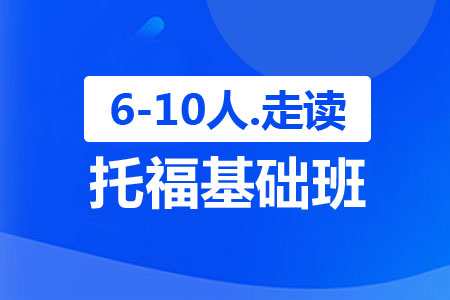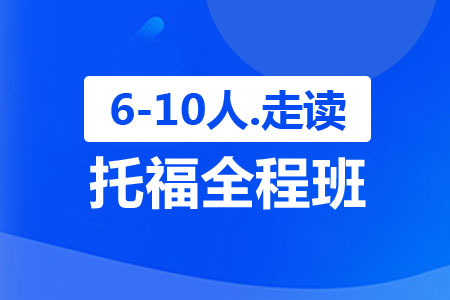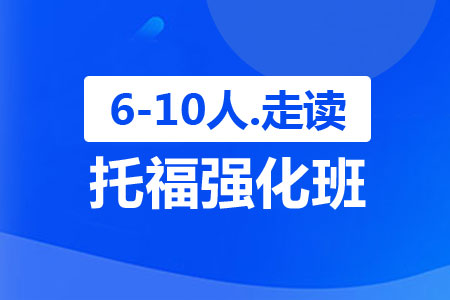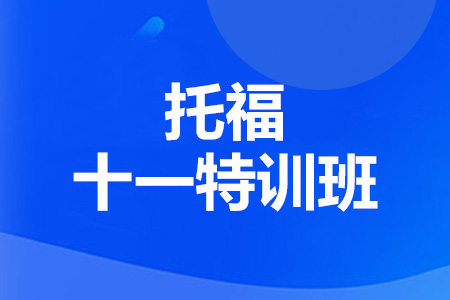托福TPO58阅读Passage 1完整题目+原文(已收藏)
托福TPO试题基本所有参加托福考生必做试题,在下文中上海新航道托福培训小编整理了托福TPO58阅读Passage 1完整题目+原文(已收藏)),希望对大家有所帮助!
前面咱们阅读了托福TPO58阅读Passage 1原文(完整版),下面一起来做一下托福TPO58阅读Passage 1题目吧!
1. According to paragraph 1, all of the following are true of European music written
before the seventeenth century EXCEPT:
A. It was often in the form of song
B. It was often used to e×press religious feeling.
C. It often featured instruments playing by themselves
D. It often accompanied narrative or story-telling text
2. The word "explicit" in the passage is closest in meaning to complex
A. complex
B. obvious
C. practical
D. lengthy
3. According to paragraph 1, what is a notable feature of seventeenth-century music?
A. Secular ideas replaced religion as the central resource for new musical ideas
B. Instrumental music was composed as an independent means of artistic expression
C. Music combined the musical traditions of Asia, Africa, and Europe
D. Instrumental music was written to serve the needs of the community
4. According to paragraph 2, the rise of instrumental music was accompanied by what other changes?
A. Mixing of string and keyboard instruments in compositions
B. Improvements to instruments and systems of tuning
C. The invention of new stringed instruments
D. A reduced emphasis on the violin and harpsichord in musical composition
5. The word "adopting" in the passage is closest in meaning to relying on
A. serious
B. holding on to
C. beginning to use
D. influenced by
6. The word "skeptical" in the passage is closest in meaning to
A. doubting
B. ignorant
C. growing
D. serious
7. Why does the author mention the activities of "scientists and philosophers" in the passage?
A. To indicate that the new emphasis on accuracy and systematization that was taking place in music was also taking place in other fields
B. To suggest that the study of music was no longer limited to musicians only
C. To argue that some of the changes in instrumental music originated outside of musical circles
D. To provide an example of professions that supported the new approaches in seventeenth-century instrumental
8. According to paragraph 3, which of the following is true about the production of violins in the seventeenth century?
A. Violins were made at large manufacturing centers in northern Italy
B. Standards of violin design were created and enforced by the great courts of Europe.
C. Several families shared design techniques to improve instrument quality.
D. Violins were carefully crafted according to specific family traditions
9. The word "refined" in the passage is closest in meaning to
A. Improved
B. tested
C. regulated
D. restored
10. According to paragraph 3, all of the following characterized the developments of seventeenth-century European instrumental music EXCEPT:
A. Instruments of superior quality were produced
B. Manuals on performance techniques were written.
C. Individuals accomplished in playing certain instruments gained recognition
D. Amateur musical performances replaced professional performances
11. According to paragraph 4, what did sonatas and suites have in common? .
A. They developed as musical genres before the concerto did
B. Their movements did not allow for many combinations of instruments.
C. Their movements were based on dances
D. They were more popular in Italy than in any other European country.
12. According to paragraph 4, which of the following is a characteristic of a concerto?
A. It was generally performed by only one or two instruments.
B. It required more violins than any other type of composition.
C. It was invented by three famous composers: Purcell, Couperin, and Bach.
D. It consisted of movements that varied in number and kind
13. Look at the four squares [■] that indicate where the following sentence could be added to the passage Some ancient instruments underwent development; for instance, the shawm became the
oboe.
Where would the sentence best fit? Click on a square [■] to add the sentence to the
passage.
[ Paragraph 3] In the seventeenth century, northern Italy was the world center for the manufacture of violins. The Amati, Guarneri, and Stradivari families of Cremona, Italy, established the techniques of making high-quality violins that were sought in all of the great courts of Europe. [A] Transmitted from father to son, the construction techniques used to produce these instruments were guarded so secretly that modern violinmakers have never successfully imitated them. [ B] Elsewhere, around 1650, earlier instruments were standardized and refined. [ C] Also during this period amateur music making was widespread, and professional performance also took a great leap forward, as a new breed of virtuosi inspired the writing of treatises on performance techniques. [ D]
14. In the seventeenth century, instrumental music in western Europe developed in ways that distinguished it from earlier European music and the musical traditions of Asia and Africa.
Answer Choices
A. Before the seventeenth century, instrumental music was based on mathematical and scientific principles
B. The development of instrumental music in the seventeenth century went along with the improvements in design, tuning, and playing of musical instruments.
C. The Baroque period was dominated by composers from a few aristocratic families from northern Italy.
D. The distinctive feature of seventeenth-century instrumental music was its independence of any text, narrative, or extramusical meaning
E. The instrumental music in sonatas, suites, and concertos was characterized by dramatic contrasts of tempo, texture, and instrumental group
F. After the seventeenth century, most baroque instrumental composers wrote concertos more than any other type of instrument
索取“原文+题目+答案+解析+MP3音频”,请加新航道上海老师微信(shnc_2018)









